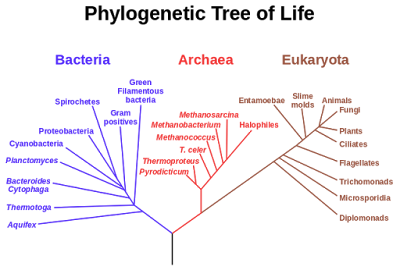Green Pea Galaxies and Creation

One of the hallmarks of Big Bang cosmologists is the ability to continually modify their story to dodge the facts. (We saw something very similar in the post about phylogenetic trees , too.) When in doubt, resort to the complex scientific principle of Making Stuff Up®. Things called green pea galaxies caused some mighty fancy footwork over at the Hawking Honky-Tonk. Image assembled from Clker clip art and a NASA image of the M-81 galaxy . Now, don't get all het up, these aren't galaxies made of green stars. The green light comes from a combination of circumstances between the stars. These galaxies are much smaller then other galaxies, and are round, so when you put it all together, can't say as I blame them for calling them green peas. Some folks will tell you that these galaxies are a problem for creationists, but that's only from the string of storytelling based on cosmic evolutionary presuppositions — not from actual facts. What they are less likely to admit...












